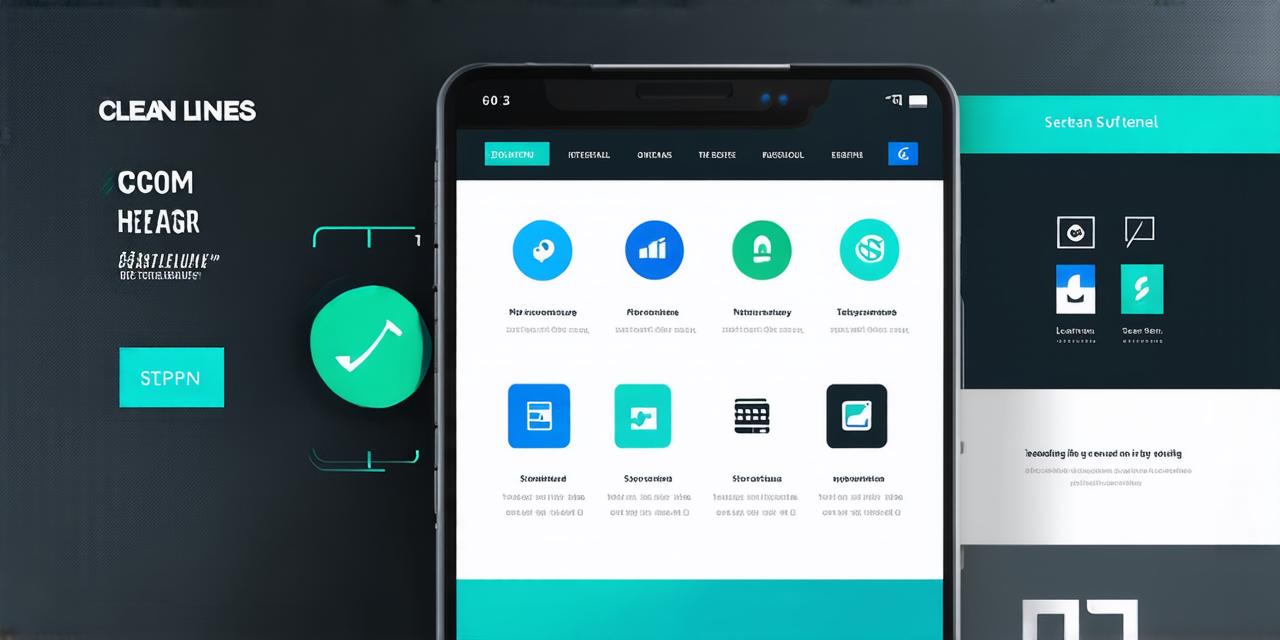Understanding the Risks: Common Security Threats to Mobile Apps
Mobile apps have become an essential part of our daily lives. From social media platforms to productivity tools, we rely on mobile apps to make our lives easier and more efficient. However, with the increasing use of mobile devices, there is a growing concern about security breaches in these apps.
1. Malware Infections:
Malware infections occur when an app contains malicious code that can harm the device or steal sensitive data. This type of attack is particularly dangerous because it can be difficult to detect and remove.
2. Phishing Scams:
Phishing scams involve tricking users into revealing their login credentials or other personal information through email or social media messages. These attacks are becoming more sophisticated, and even experienced users can fall victim to them.
3. Data Leaks:
Data leaks occur when sensitive data is accidentally or maliciously exposed. This can happen when an app is not properly encrypted or when a hacker gains access to the app’s database.
4. Man-in-the-Middle Attacks:
Man-in-the-middle attacks involve intercepting communications between the app and its server. These attacks can be used to steal login credentials, personal information, and even sensitive data transmitted during transactions.
Secure Your App’s Code:

One of the most important steps you can take to secure your mobile app is to ensure that its code is properly secured. Here are a few best practices to follow:
- Use encryption to protect sensitive data, such as login credentials and personal information, stored on the device or in the app’s database.
- Implement two-factor authentication to add an extra layer of security to your app. This involves requiring users to provide two forms of identification before accessing their account, such as a password and a fingerprint.
- Use secure coding practices to prevent vulnerabilities that could be exploited by attackers. This includes avoiding hardcoded credentials, using secure libraries, and following the OWASP Top 10 security principles.
Regularly Update Your App:
Regularly updating your app is another essential step in securing it against threats. Here’s why:
- Updates can fix bugs and vulnerabilities that could be exploited by attackers.
- Security patches are often included in updates to address new or emerging threats.
- By regularly updating your app, you can ensure that your users always have access to the latest security features and protections.
Conduct Regular Security Audits:
Conducting regular security audits of your app is an important step in identifying vulnerabilities and addressing them before they can be exploited by attackers. Here’s how you can conduct a security audit:
- Use automated tools to scan your app for known vulnerabilities.
- Conduct manual testing to identify potential weaknesses in your app’s code and user experience.
- Review logs and other data to detect unusual activity or patterns that could indicate a security breach.
Educate Your Users:
Finally, educating your users is an essential step in securing your mobile app. Here are a few best practices to follow:
- Provide clear instructions on how to use your app securely, including how to create strong passwords and enable two-factor authentication.
- Encourage users to report suspicious activity or phishing attempts to you.



